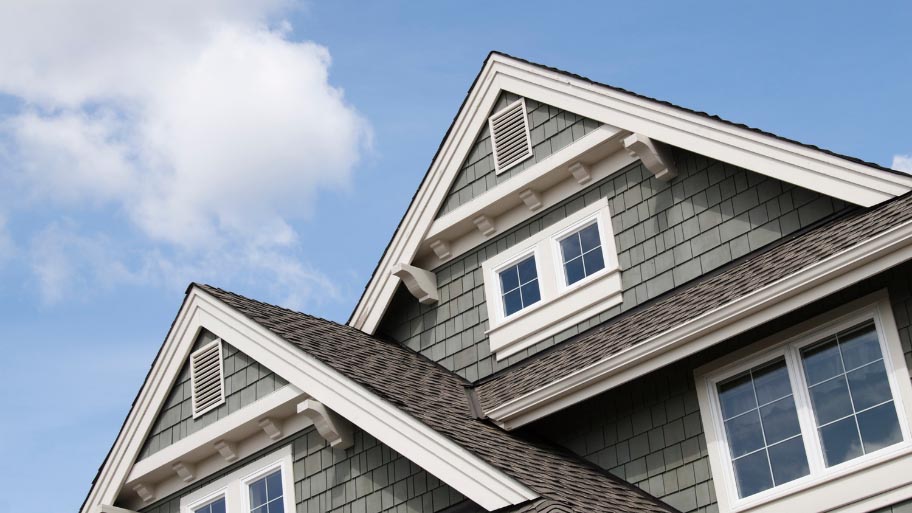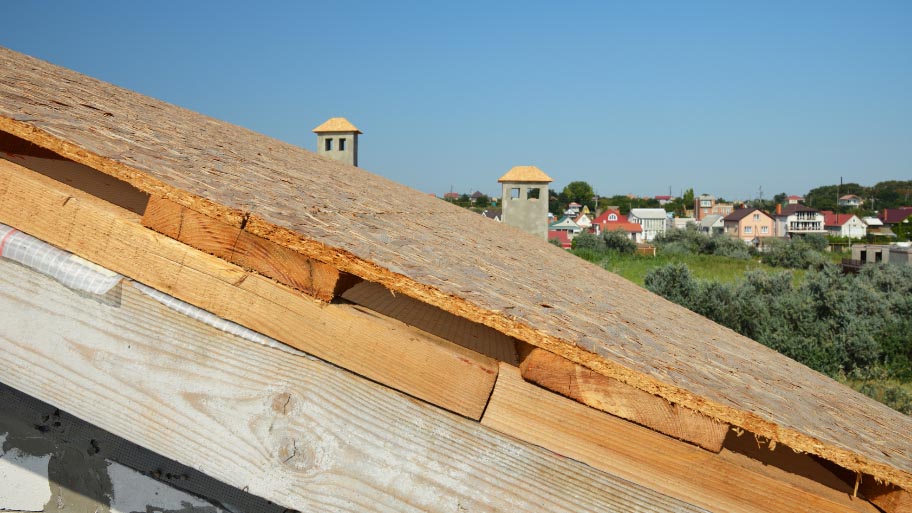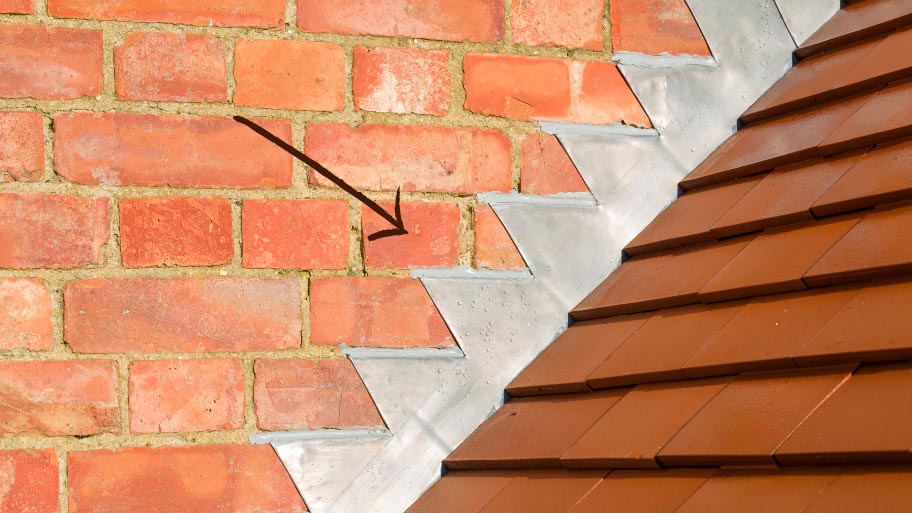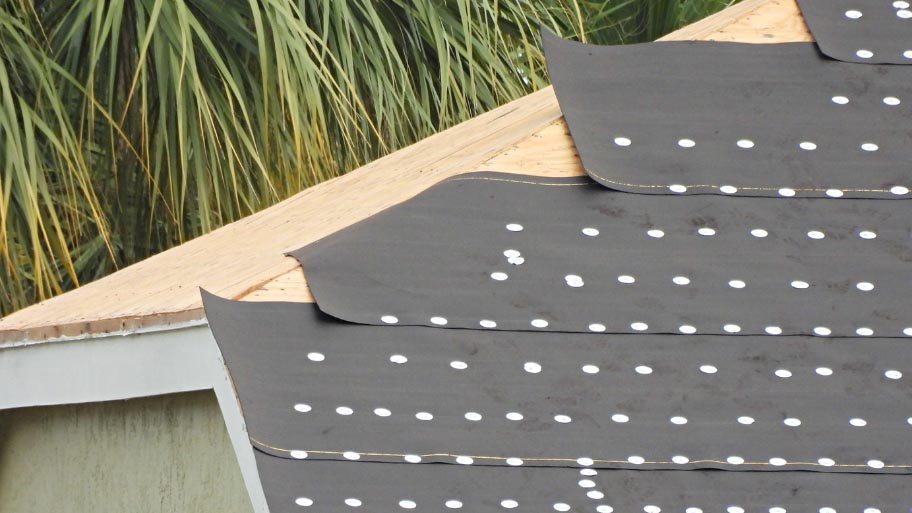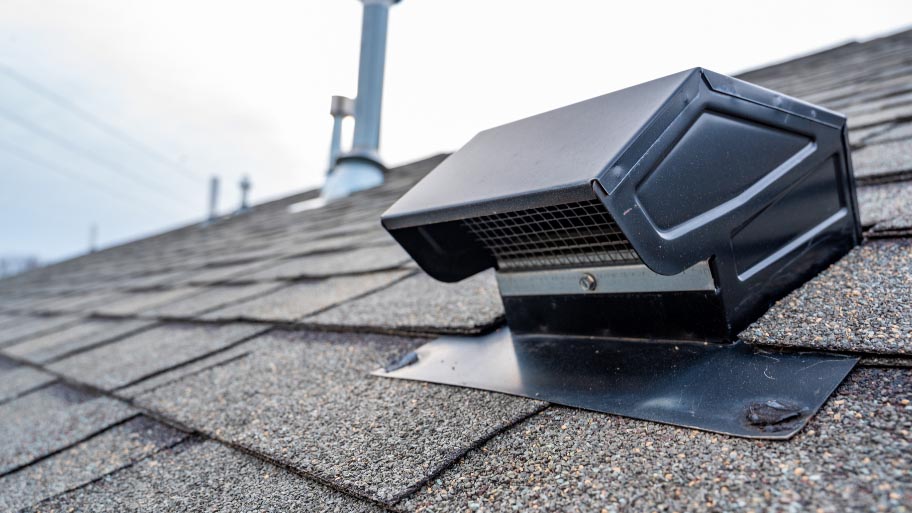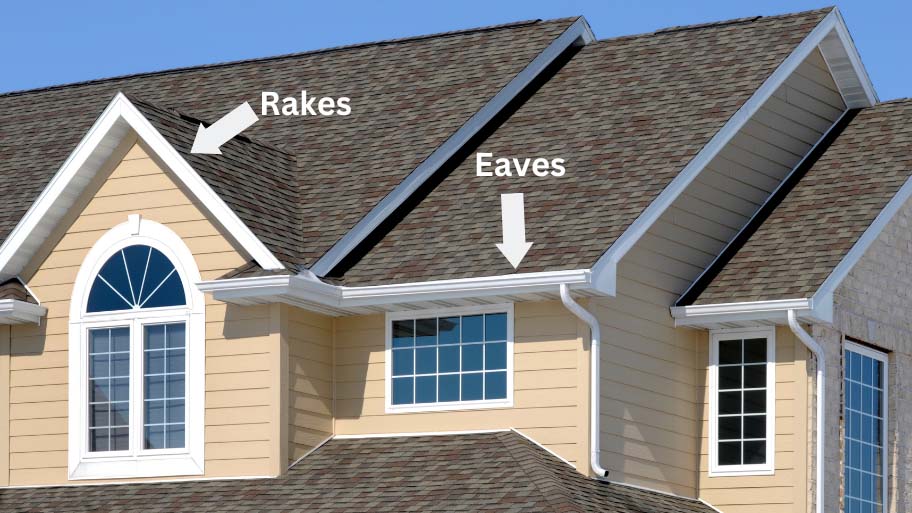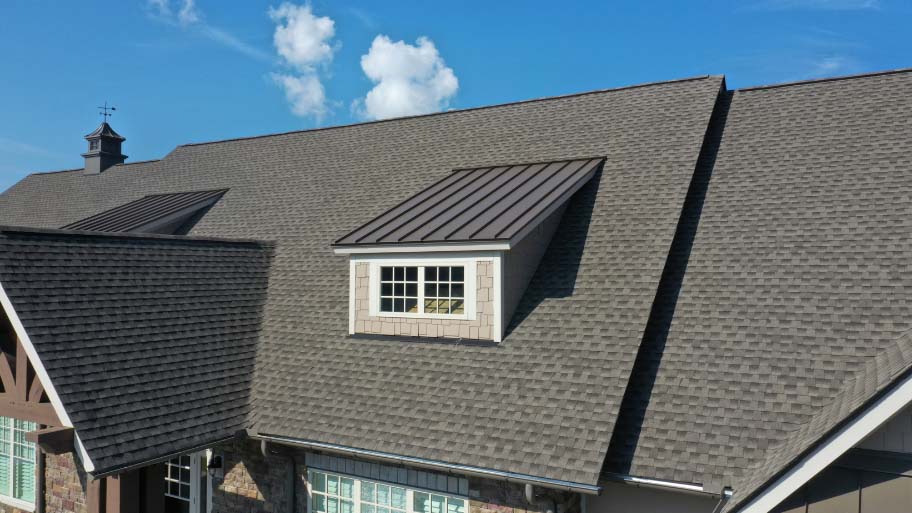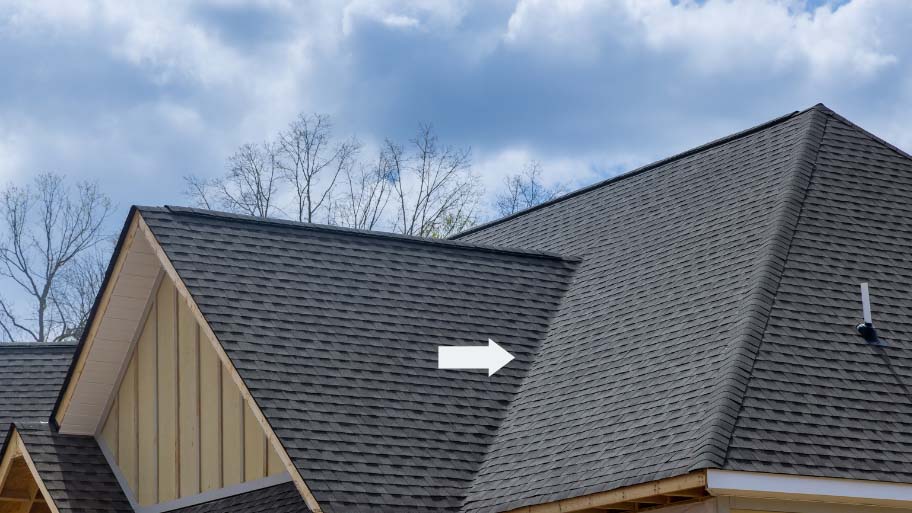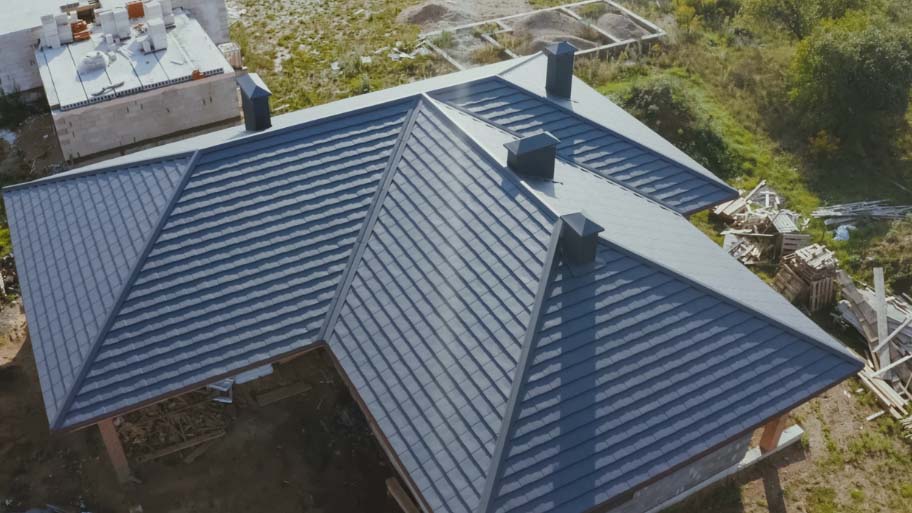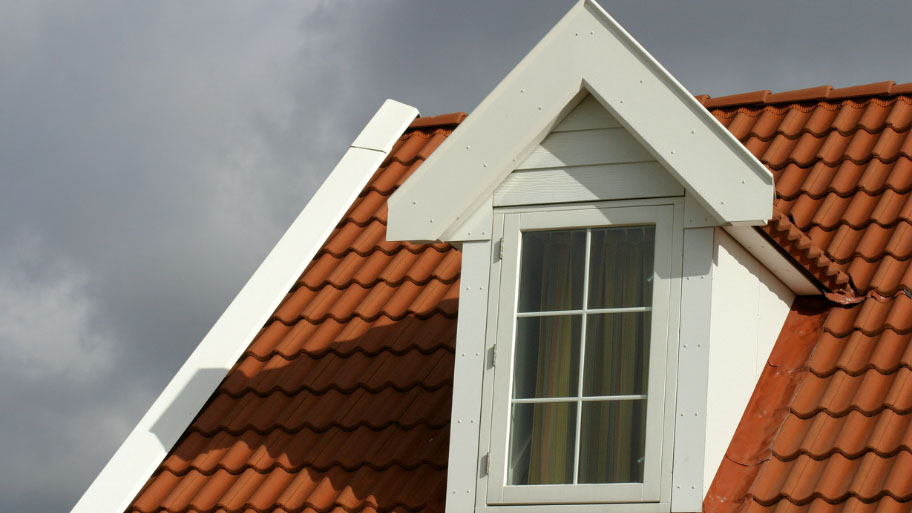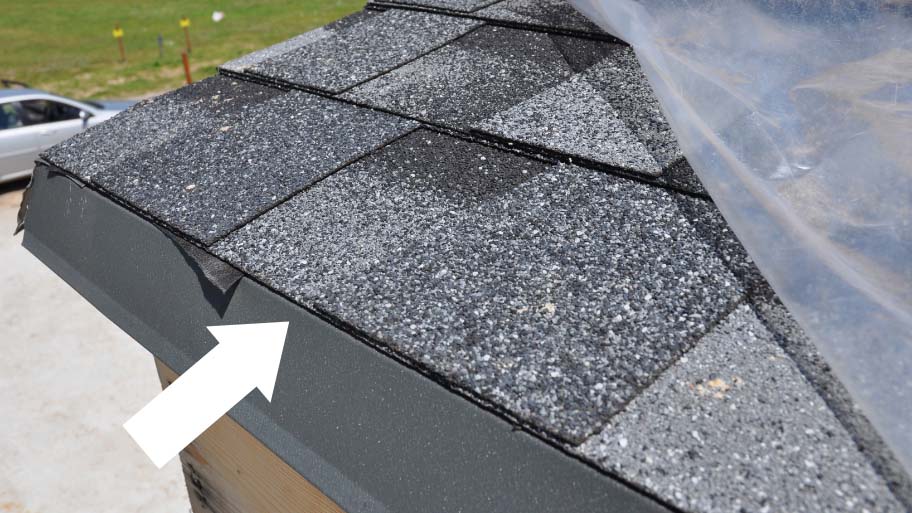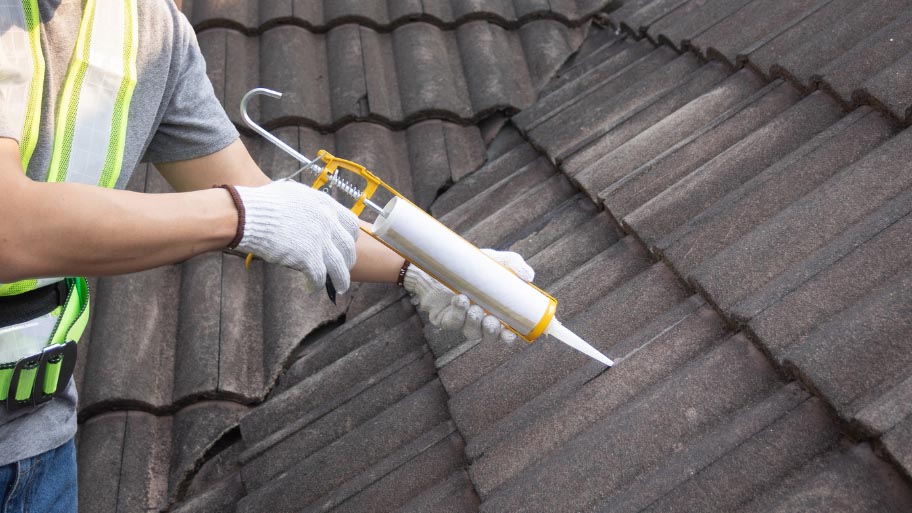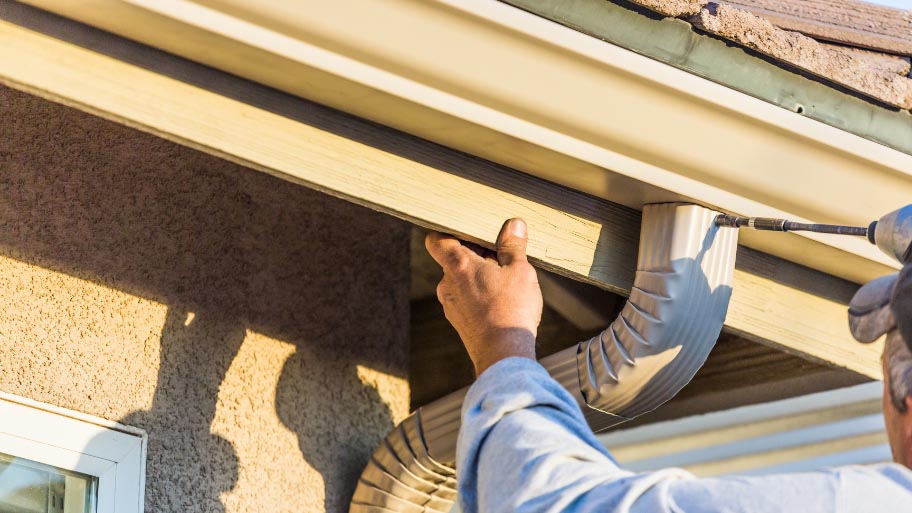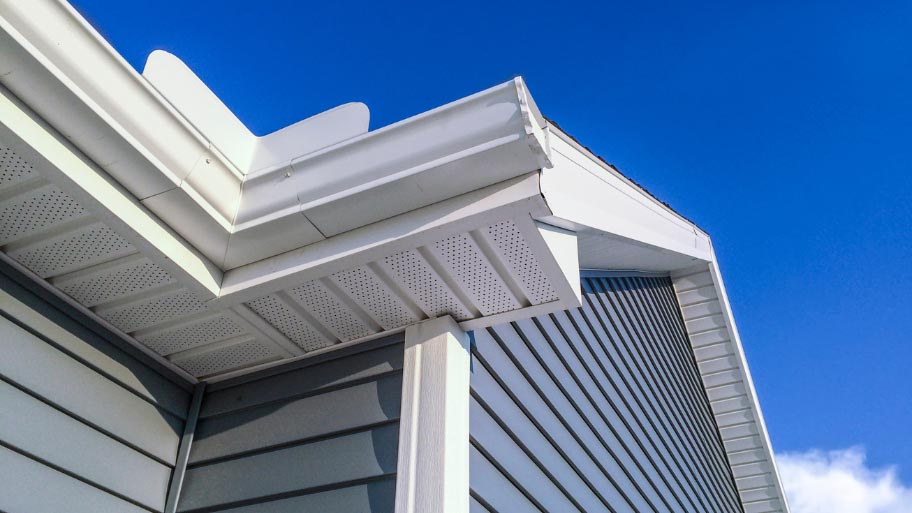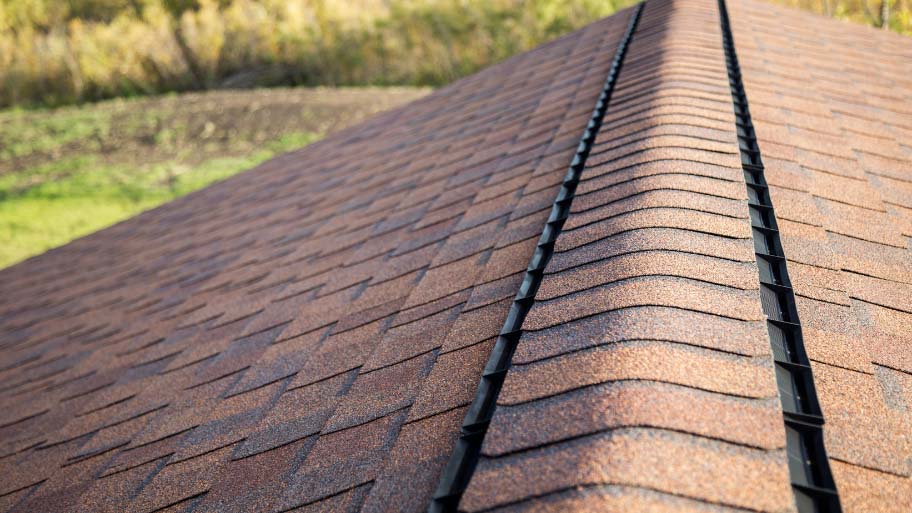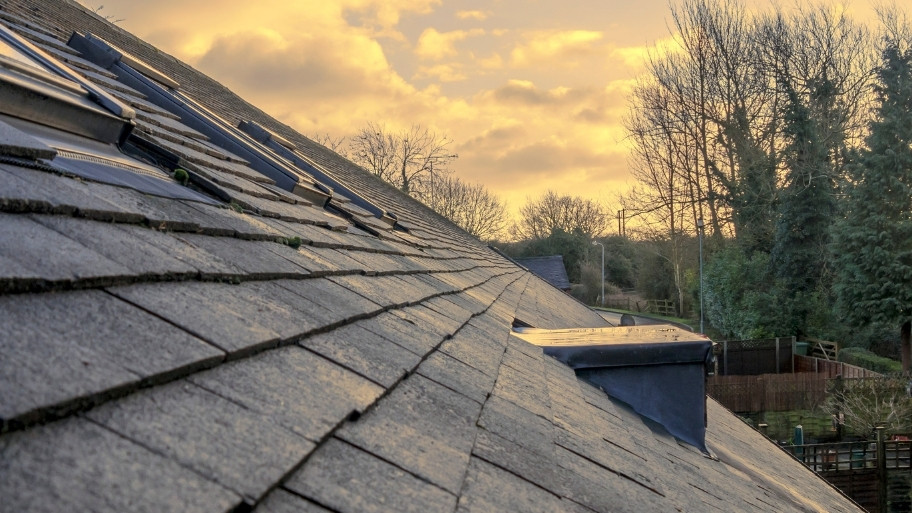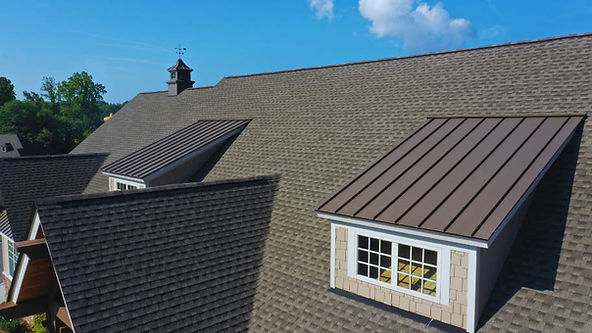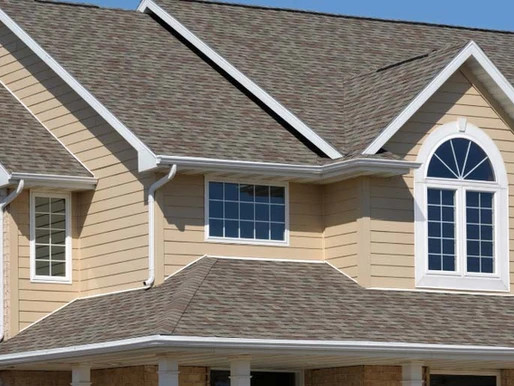Starting a roofing project in Ankeny, IA? You might encounter lots of technical terms. Understanding these terms is key to effectively communicate with your roofer and make smart choices for your home.
Check out our easy-to-follow guide to quickly get up to speed with the essential roofing terminology, preparing you for any roofing project or discussion.
Key Roofing Components and Their Functions
Understanding Roofing Terminology
Having a basic understanding of roofing terms is just the start. Now, let’s explore the backbone of any roofing system by breaking down its key components and understanding where each piece fits and functions.
This knowledge is not only fascinating but also equips you with the insight needed to discuss your roofing needs more effectively.
1. Roof Decking/Sheathing
Think of roof decking, also known as sheathing, as the stage on which all roofing performances happen. It’s the foundational layer that sits atop your home’s structural beams, providing a base for all other roofing materials.
Typically made from sheets of plywood or oriented strand board (OSB), the decking is crucial for giving your roof shape and structure. It’s where everything else, from underlayment to shingles, is attached.
2. Roof Flashing
Flashing might sound minor, but it’s a hero in preventing water damage. These thin pieces of metal or other waterproof material are installed at critical points like chimneys, vents, and valleys, where two roof areas intersect.
Roof flashing acts as a guard, channeling water away from these vulnerable spots and ensuring it flows off the roof, keeping your home dry and water-damage-free.
3. Roof Underlayment
Lying directly on top of the roof decking, the underlayment is a hidden yet essential layer. It’s a sheet of material, usually felt or synthetic fabric, that offers an extra barrier against water infiltration.
Even if your shingles are compromised, the underlayment is there to protect your home from water damage, making it a crucial line of defense between your roof’s surface and the interior of your house.
4. Ice and Water Shield
In chillier regions, think of the ice and water shield as your roof’s best friend. It’s like a trusty umbrella that keeps out the icy grip and wet weather.
This sticky layer clings around nails and lies snug on parts of your roof most likely to get wet, like the edges (eaves), the parts where roof lines meet (valleys), and around openings like vents and chimneys. It’s like giving your roof an extra coat of armor against water leaks.
5. Roof Vents and Attic Ventilation
Good airflow keeps a roof healthy and long-lasting. Roof vents are like the lungs of your home; they let your attic breathe out hot, moist air. This breath out helps keep the attic dry and cool, stopping mold and wood rot in their tracks.
Plus, it makes your home more comfy and cuts down on energy bills by helping your heating and cooling systems work more efficiently.
Roof Design and Structure
Now that we’ve covered the key components, let’s climb to the next level and explore the design and structural elements that give a roof its unique shape and strength.
In this section, we’ll walk you through the architectural features of roofs, helping you visualize how each part contributes to the overall functionality and look of your home.
1. Rakes and Eaves
Rakes and eaves are the architectural borders of your roof. Eaves are the horizontal edges that overhang your home’s walls, typically found running along the bottom sides of the roof. They’re essential for channeling water away from your walls and foundation, thus preventing moisture damage. Additionally, eaves provide shade, helping to keep your home’s interior cooler in the summer.
Rakes, on the other hand, are the sloping edges that extend from the peak of the roof down to the eaves. Unlike the horizontal eaves, rakes are inclined, giving your roof its characteristic triangular shape and aiding in the overall water drainage and aesthetic appeal of your roof.
2. Roof Facets and Squares
When looking at a roof, you’ll notice its flat surfaces, known as facets, which come together at angles to form the overall shape. Roofing professionals often use the term “squares” as a unit of measurement, with one square equating to 100 square feet of roof area.
This terminology helps in estimating materials needed for roofing projects, ensuring that every facet of the roof is adequately covered and protected.
3. Valleys and Hips
The valleys and hips are where different sections of the roof meet. Valleys are the internal angles formed when two sloping roof sections come together, creating a channel that directs rainwater to the gutters.
In contrast, hips are the external angles formed by the meeting of two slopes, adding strength and stability to the roof structure.
Both valleys and hips are critical in defining the roof’s geometry and play a significant role in water management and structural integrity.
4. Gable and Roof Pitch
The gable, often seen as the triangular section at each end of a pitched roof, adds a timeless look to your home.
Meanwhile, the roof pitch indicates the roof’s slope, playing a key role in how well your roof sheds water and snow.
A steeper pitch not only changes the look of your home but can also influence your roofing material choices due to its impact on drainage and durability.
5. Dormer and Roof Cricket
Dormers are not just windows sticking out from your roof; they’re like little rooms with a view, bringing in sunlight and adding extra space under your roof. They also give your house a unique charm.
On the practical side, a roof cricket or saddle is a small, ridge-like structure built behind chimneys or roof projections.
It’s designed to redirect rainwater and prevent it from pooling and hitting the chimney directly, ensuring your roof remains leak-free and long-lasting.
Roofing Materials and Installations
After understanding the design and structure of your roof, it’s crucial to know about the materials that protect and preserve it. Each material and method used in roofing has its own purpose, contributing to the roof’s longevity and functionality.
In this section, we’ll uncover the essentials of roofing materials and installation techniques, providing a clear picture of what goes on during the roofing process.
1. Starter Shingles and Layers
The journey of roofing begins with starter shingles, the initial row of shingles laid along the edge of the roof. These are not just regular shingles; they are designed to provide a solid starting point and ensure the rest of the shingles align correctly.
This foundational layer is critical for the overall integrity and weatherproofing of the roof, acting as the first line of defense against the elements.
2. Caulk and Sealants
Though small in scale, caulk and sealants play a giant role in keeping your roof watertight. These materials are used to fill and seal the joints or seams where different parts of the roof come together. By doing so, they prevent water and air from sneaking into the roof structure.
Caulk is typically used for sealing smaller gaps and is rigid when it dries, making it ideal for areas that don’t experience much movement.
Sealants, on the other hand, are more flexible and are used in parts of the roof that might expand or contract with temperature changes or movement, such as around vents and chimneys.
3. Prorated and Non-Prorated Warranties
Understanding the warranties associated with roofing materials and workmanship can save homeowners time and money. Prorated warranties diminish in value over time, meaning the financial coverage for repairs or replacement decreases as the roof ages.
Non-prorated warranties, however, maintain consistent coverage, offering a more stable and predictable protection plan. Knowing the difference can influence your decisions when choosing materials and hiring contractors for your roofing project.
In the realm of roofing, the materials used and how they are installed play an important role in the longevity and performance of your roof. From the starter shingles that mark the beginning of a roofing job to the warranties that protect your investment, every element has its significance.
This knowledge not only helps in making informed decisions but also in understanding the craftsmanship that goes into creating a durable and reliable roof.
Common Roofing Terms Explained
Navigating roofing discussions is easier when you know the lingo. Let’s break down some common terms you’ll hear and understand their role in keeping your home safe and sound.
1. Drip Edge
This is a metal strip that fits along your roof’s border to steer rainwater into the gutters, keeping it away from the fascia and the rest of your house.
It’s like the guiding hand that prevents water from sneaking under your roof tiles, protecting your home from potential water damage and decay.
2. Fascia
Fascia is the straight board along the roof’s edge, where gutters are usually attached. It’s the face of your roofline, providing a clean finish and supporting the gutters.
Beyond its polished look, it acts as a barrier against water and pests, helping to secure the roof’s edge and interior spaces.
3. Soffit
Look under the overhang of your roof, and you’ll find the soffit. This component helps ventilate your attic, preventing damp, hot air from stagnating and causing issues like mold or warping.
It’s essential for maintaining a comfortable climate inside your home and extending the lifespan of your roofing materials.
4. Ridge and Ridge Vents
At the very top of your roof, the ridge is where two roof planes meet. Installing ridge vents here allows your attic to breathe out hot, humid air, fostering a well-balanced attic environment.
These vents are key to preventing moisture buildup and ensuring your insulation works effectively, keeping your home cool and dry.
By grasping these terms, you can better navigate roofing projects and conversations with experts. This insight not only helps in maintaining your roof but also in ensuring clear communication about your home’s roofing requirements, keeping it well-protected and looking great.
Maintaining Your Roof: Terms Related to Roof Care
Keeping your roof in great shape is key to your home’s well-being. Let’s decode some essential roof care terms to help you keep your roof sturdy and secure against weather and time.
Knowing what these terms mean will equip you to take good care of your roof, ensuring it continues to protect your home effectively.
1. Roof Inspection
Think of roof inspections as regular health check-ups for your home’s top layer. In Ankeny, IA, where weather can be unpredictable, having roofing experts conduct these checks is crucial for spotting early signs of damage or wear that could lead to bigger issues.
To stay ahead of the curve, it’s wise to schedule these inspections in the spring and fall—times when your roof is about to face the seasonal extremes of winter and summer.
2. Preventative Maintenance
Like any good upkeep routine, preventative maintenance for your roof involves regular tasks that avert major problems down the line.
This includes clearing out gutters, cutting back any tree limbs that could pose a threat, monitoring for unwanted growths like algae or moss, and making sure your roof’s ventilation is clear and functioning well.
These proactive steps not only prolong your roof’s lifespan but also help dodge expensive fixes in the future.
3. Roof Repair vs. Replacement
Understanding when a roof needs repair or complete replacement is crucial. Minor issues like a few broken shingles or a small leak can often be repaired.
However, widespread damage, ongoing water intrusion, or a roof nearing the end of its expected lifespan might require a full replacement.
4. Flashing Repair
Flashing acts like the glue that holds different parts of your roof together, sealing the gaps where surfaces meet, such as around chimneys and vents. Over time, exposure to the elements and the natural settling of your home can wear it down, making repairs necessary.
Addressing flashing issues promptly helps avoid water sneaking into places it shouldn’t, preventing leaks that could lead to more extensive roof damage.
5. Gutter Maintenance
Gutters are the unsung heroes of roof health, efficiently guiding rainwater away from your home’s foundation. To keep them performing well, it’s crucial to regularly clear out leaves and debris.
A clean gutter system prevents water overflow, which can damage your roof and siding, and even compromise your home’s structural integrity.
Staying ahead with these maintenance tasks is more than just fixing immediate issues; it’s about ensuring your roof remains a reliable protector of your home. With regular care, you’re not just maintaining a roof; you’re preserving the safety and comfort of your living space, prolonging its lifespan, and optimizing its performance.
Wrapping Up: Your Roofing Journey with JB Roofing
Getting to know your roof’s language in Ankeny, IA is more than just educational; it’s about actively protecting your home. Here’s where JB Roofing, serving Ankeny, IA and the surrounding areas, steps in to simplify things for you:
Understanding Your Roof’s Needs
Learning about roofing helps you make better decisions for its care. With JB Roofing, figuring out the right time for inspections, routine upkeep, or a full roof update becomes straightforward. We’re here to guide you, ensuring your roof stays safe and sound.
Schedule Your Roofing Consultation Today!
Don’t stop at just knowing; take the next step. A chat with JB Roofing, serving Ankeny, IA, and the surrounding areas, can give you a clear picture of your roof’s health and what it needs, ensuring tailored solutions for our local climate and community.
We’re here to offer tailor-made solutions that fit your home perfectly, ensuring durability and safety for your roofing system.
Choosing JB Roofing & Gutters means you’re not just getting repairs and services; you’re gaining a trusted partner dedicated to maintaining your roof’s best condition. As we’ve navigated the detailed world of roofing together, remember that JB Roofing & Gutters is ready to assist you in every aspect, keeping your roof in top shape for the long haul.

About the Author
Joe Burkhart, the driving force behind JB Roofing, has been a trusted roofing expert in Ankeny, IA, since 2006. Joe’s passion for quality craftsmanship and personalized service comes from over 20 years of hands-on experience, starting his journey in the roofing industry back in the early 1990s. JB Roofing is more than just a business to Joe—it’s a reflection of his commitment to providing reliable, long-lasting roofs that protect homes and families across Iowa.

